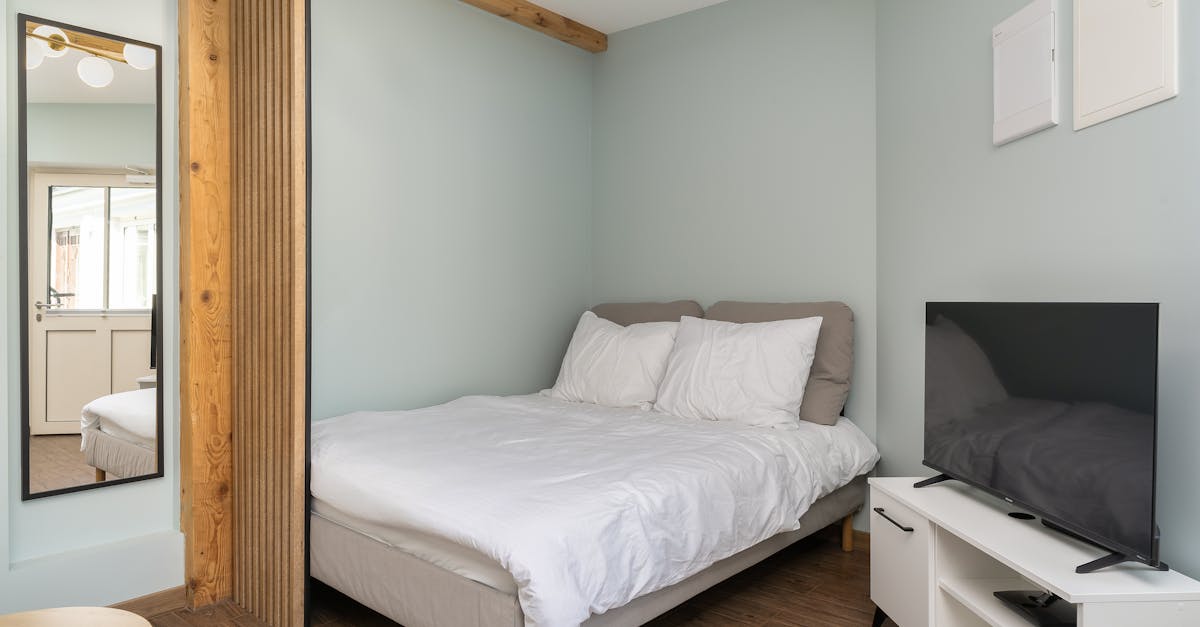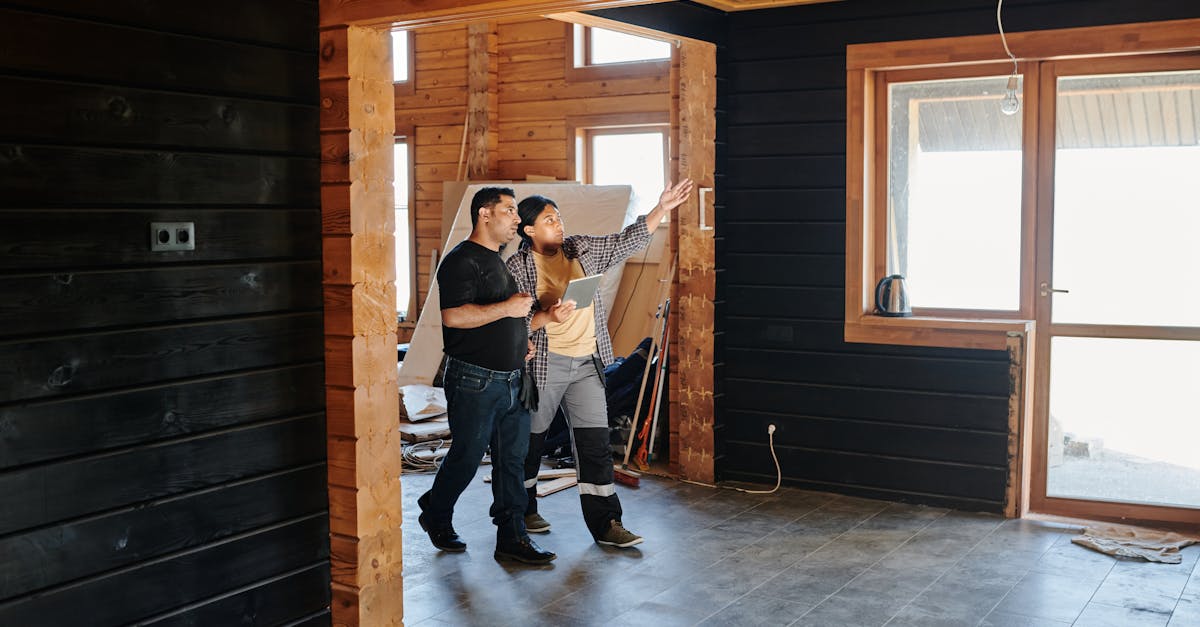Fixing Common Plumbing Issues
Introduction
Plumbing problems can cause major inconveniences and escalate quickly if not addressed. Knowing how to fix common plumbing issues yourself can save time and money. In this article, we will guide you through some straightforward solutions you can apply to your home plumbing problems.
Advertisement
Leaky Faucets
A dripping faucet isn't only an annoyance; it can lead to significant water wastage. Most leaks occur due to worn-out washers or O-rings. To fix this, turn off the water supply, remove the handle, and replace the old washer or O-ring. Ensure a snug fit before reassembling the faucet to stop the leak.
Advertisement
Clogged Drains
Clogged drains are usually caused by a buildup of hair, soap, or other debris. A plunger can often alleviate minor clogs. For more persistent blockages, consider using a drain snake or a mixture of baking soda and vinegar to dissolve buildup. Avoid harsh chemical drain cleaners, which can damage your pipes.
Advertisement
Running Toilets
A running toilet can significantly increase your water bill. Often, the problem lies with the flapper valve, which may need adjustment or replacement. Start by checking if the chain connecting the flapper is tangled or too long, causing it to remain open. Replacement kits are inexpensive and easy to install for a permanent solution.
Advertisement
Low Water Pressure
Low water pressure can be frustrating, particularly in the shower. It is often due to sediment build-up in aerators. Unscrew the faucet aerator, rinse it under water to remove debris, and use a toothbrush to scrub any stubborn buildup. Reattach it carefully to ensure restored and consistent water flow.
Advertisement
Water Heater Issues
If you experience inconsistent water heat, your water heater thermostat might be set incorrectly or the unit may need maintenance. Begin by checking the thermostat settings. If the issue persists, the heating element may need cleaning or replacement. Consult your heater's manual for specific instructions and safety guidelines.
Advertisement
Frozen Pipes
Frozen pipes can burst, leading to water damage. In colder months, leave faucets slightly open to ensure water flow and insulate pipes with foam. If you suspect a pipe is frozen, use a hairdryer or room heater to gently thaw it, starting from the faucet and moving inwards, avoiding open flames.
Advertisement
Sewer Smells
Unpleasant odors from drains can indicate a dry P-trap or deeper sewer problems. Pouring water into infrequently used drains will often resolve the odor by forming a water seal. Persistent smells may point to a venting issue or obstructions in the sewer line that require professional inspection.
Advertisement
Silent Leaks
Undetected leaks can cause structural damage over time. Regularly check for unusual water stains or soft spots around plumbing fixtures and ceilings. Using your water meter, monitor your water usage: if it increases without visible cause, you may have a hidden leak needing professional attention.
Advertisement
Conclusion
In conclusion, tackling minor plumbing issues yourself can be rewarding and budget-friendly. From unclogging drains to stopping persistent leaks, understanding the basics can prevent small troubles from becoming costly disasters. Always know your limits and consult a professional when in doubt, ensuring your home remains leak-free and water efficient.
Advertisement


